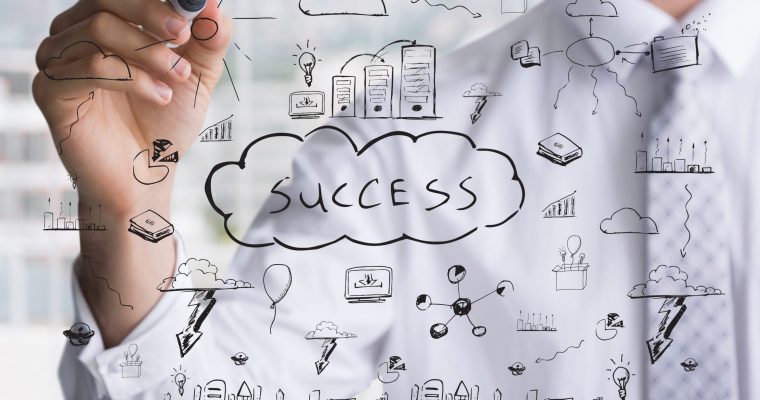Designed by Creativeart / Freepik
Employees are a company’s most essential asset, so most companies believe investment in them is worthwhile. There exist several ways in which an employee can achieve career growth. But acquiring more skills and training will always give employees edge.
Most employees get frustrated because their company’s learning culture is less-effective. They think they aren’t getting enough from their companies to achieve career growth.
That leads us to the question of “what L&D teams can do to promote employees’ career growth?”. Here are 4 career growth tips the L&D team needs to use to support employees.
4 career growth tips for promoting employees in eLearning
Think less about career ladders and focus on learning
Today’s working environment is far different from the past. In the past, career growth used to follow a linear path. Think of it as starting a career in a workplace from the bottom and working your way up the ladder.
Nowadays, things have really changed, and only a few employees follow the linear path. Most employees now see growth as a change from one field or industry to another.
However, one can describe a career path as the consistent acquisition of new skills and changing roles within a company. So, instead of seeing career growth as changing jobs, employees should see it as role-hopping within the company.
So, for an L&D professional, you can help managers by making them see reasons to rethink. Bring them to focus more on the projects that allow employees to develop skills in their areas of interest.
Create opportunities for peer learning
Empowered employees have the strength to accelerate everyone’s growth. If they’re given the tools to share what they learn, it can help speed up everyone’s development.
As an L&D professional, you can create an enabling environment to promote peer learning. Create a learning environment which gives employees the opportunity to learn, share experiences and seek advice from other employees.
This career-growth tip will help employees get personalized tips and advice from their colleagues. It’ll also help the L&D team to identify individual needs by promoting a one-fit-size-one approach to learning.
As an L&D professional, you can enhance peer learning in the following ways;
- You can promote peer learning by allowing employees to make short video lessons. By so doing employees get to share their views about a particular course which will help strengthen their understanding.
- You can also promote peer learning by enabling employees to ask and answer their questions. You can produce interactive learning in a few minutes with wizcabin.
Introduce personalized eLearning
Another growth tip is introducing personalized learning at scale. Personalized eLearning is a customize learning specific to a particular group of employees.
You can customize base on factors like challenges faced, personal interests, and career aspirations. Apart from the fact that personalized learning engages employees, it also helps them in role-hopping within a company.
So, below are the approaches an L&D professional can take to provide personalized learning.
- Introduce surveys at the start of your e-course to know more about an employee’s interest. By so doing, you can use it to provide customized learning.
- You can use a formative feedback question to estimate an employee’s full understanding of the course.
- Instead of lengthy e-courses, use microlearning nugget in your eLearning course.
Develop the attributes that make people thrive in digital transformation
In the digital world today, most organization face consistent digital transformation. So, to stay in the competition, a company has to adopt the new and latest technology.
And for them to remain innovative, they need to equip employees with adequate business skills. So L&D teams should help managers or individual contributors develop traits that’ll make them succeed in the digital world.
These traits include collaborating, storytelling, using different tools to meet unaware needs, and envisioning the future. You can achieve all these when you re-skill your global workforce from time to time.







